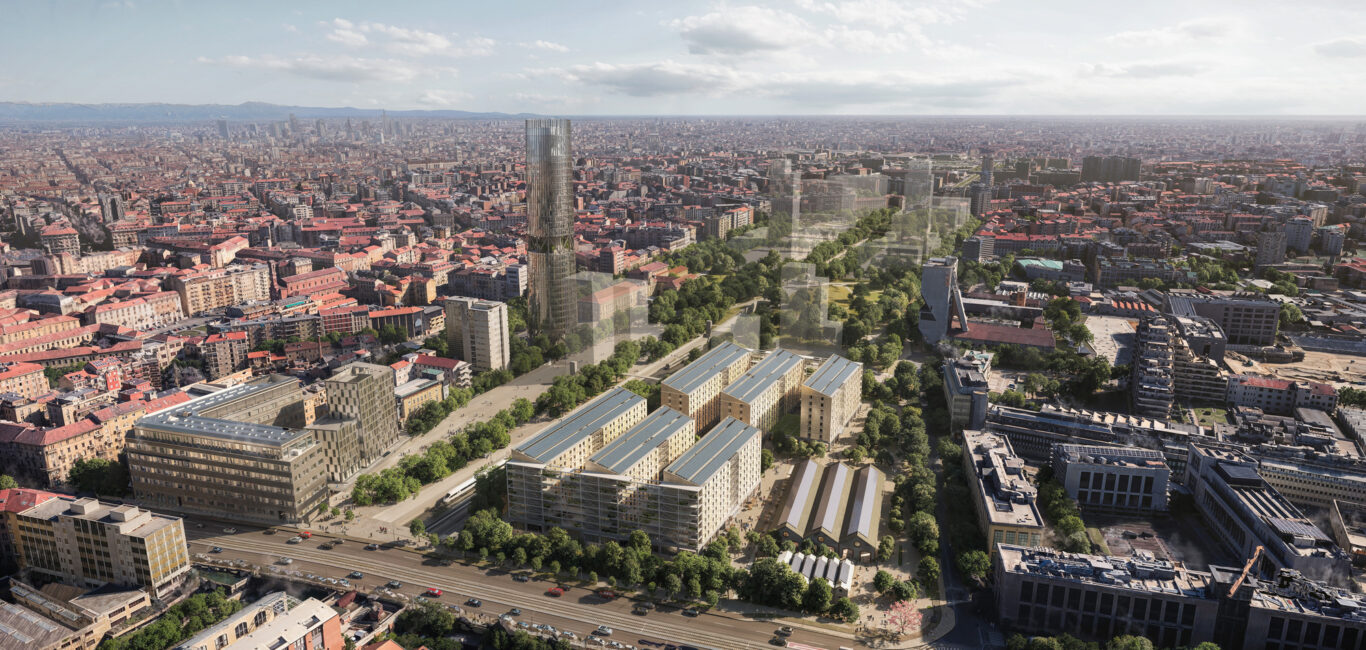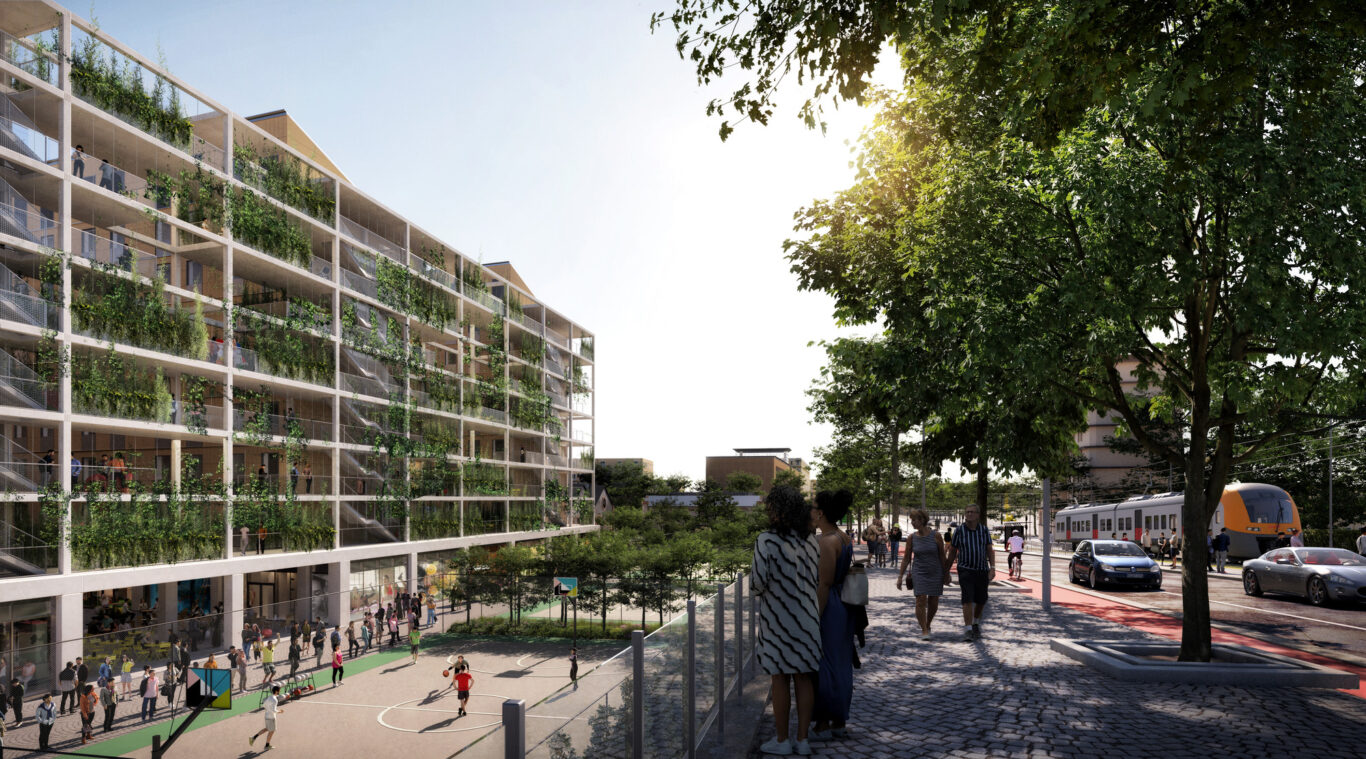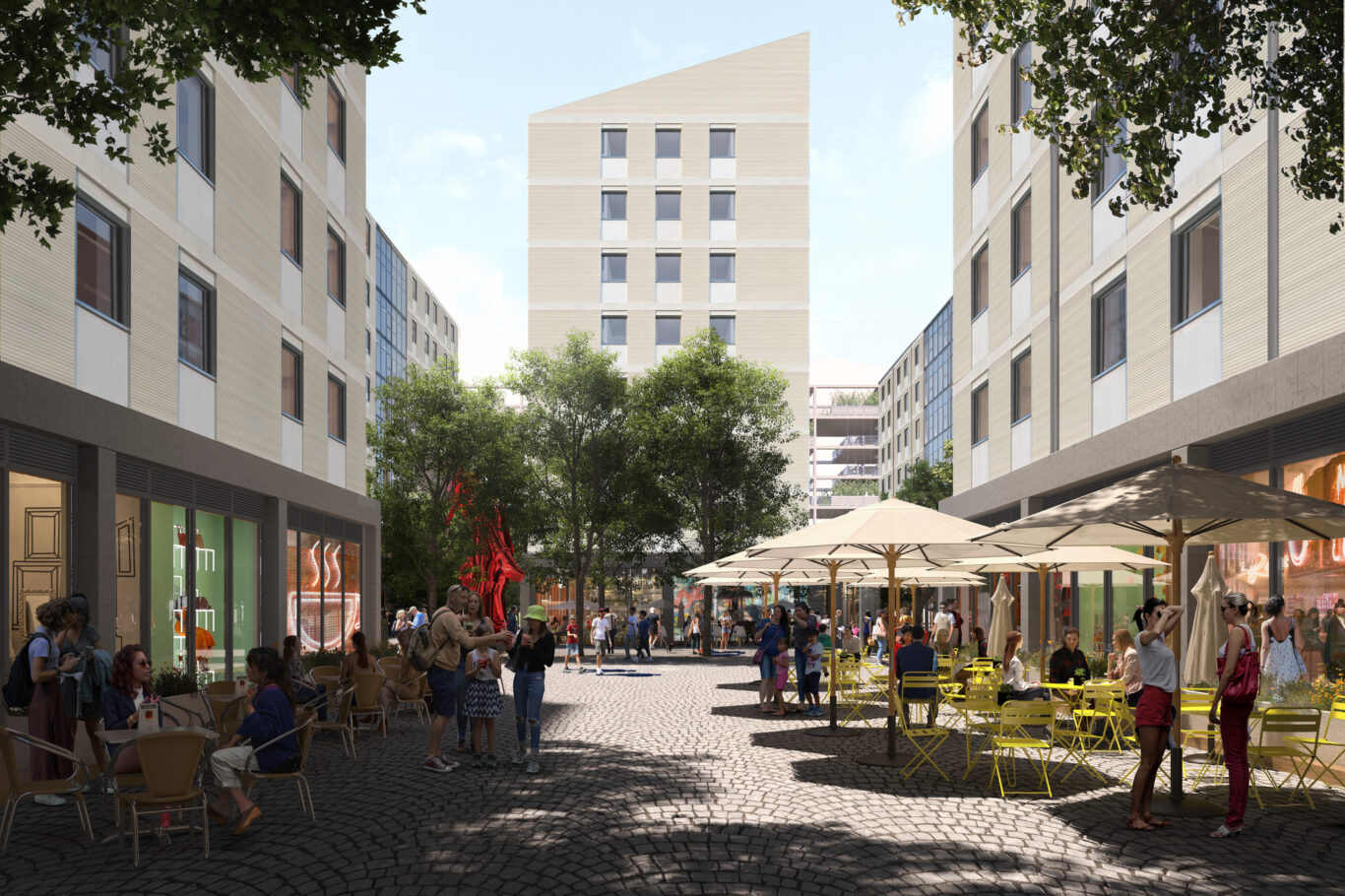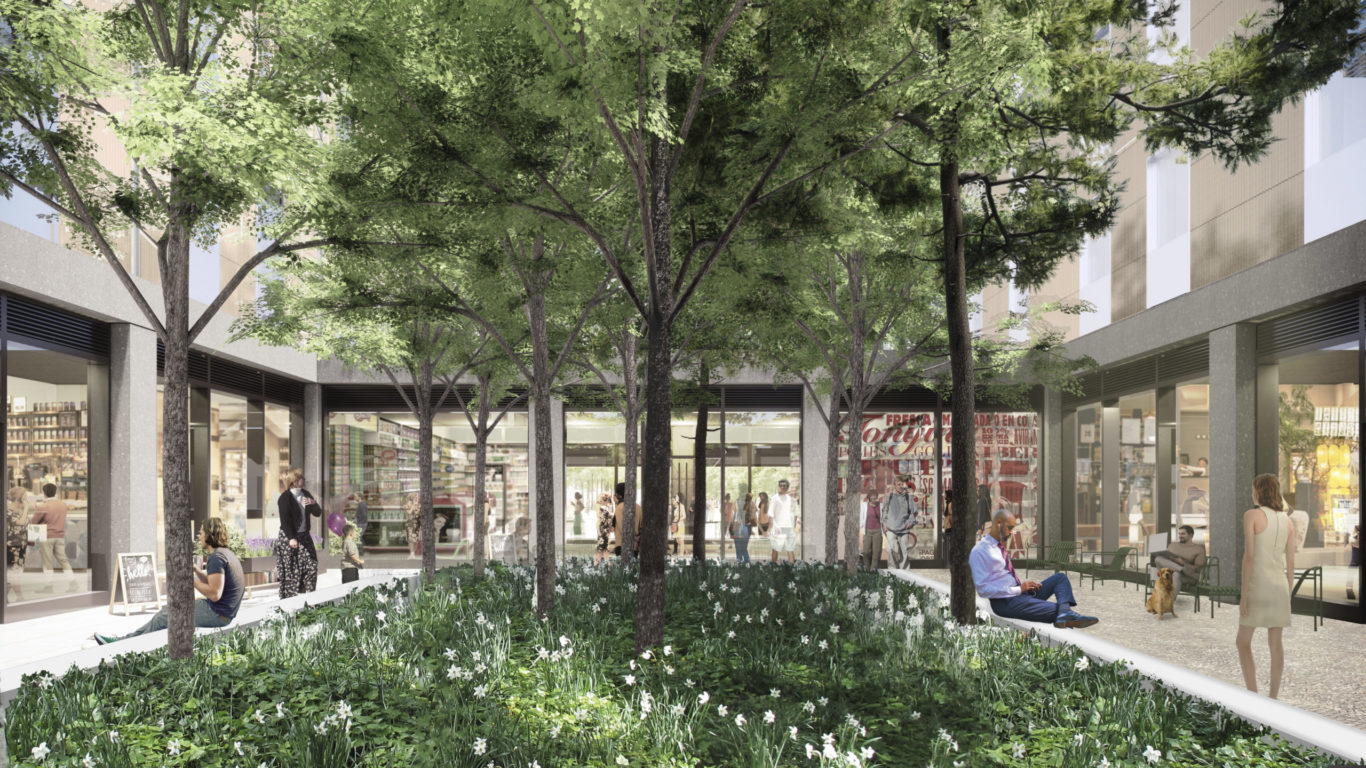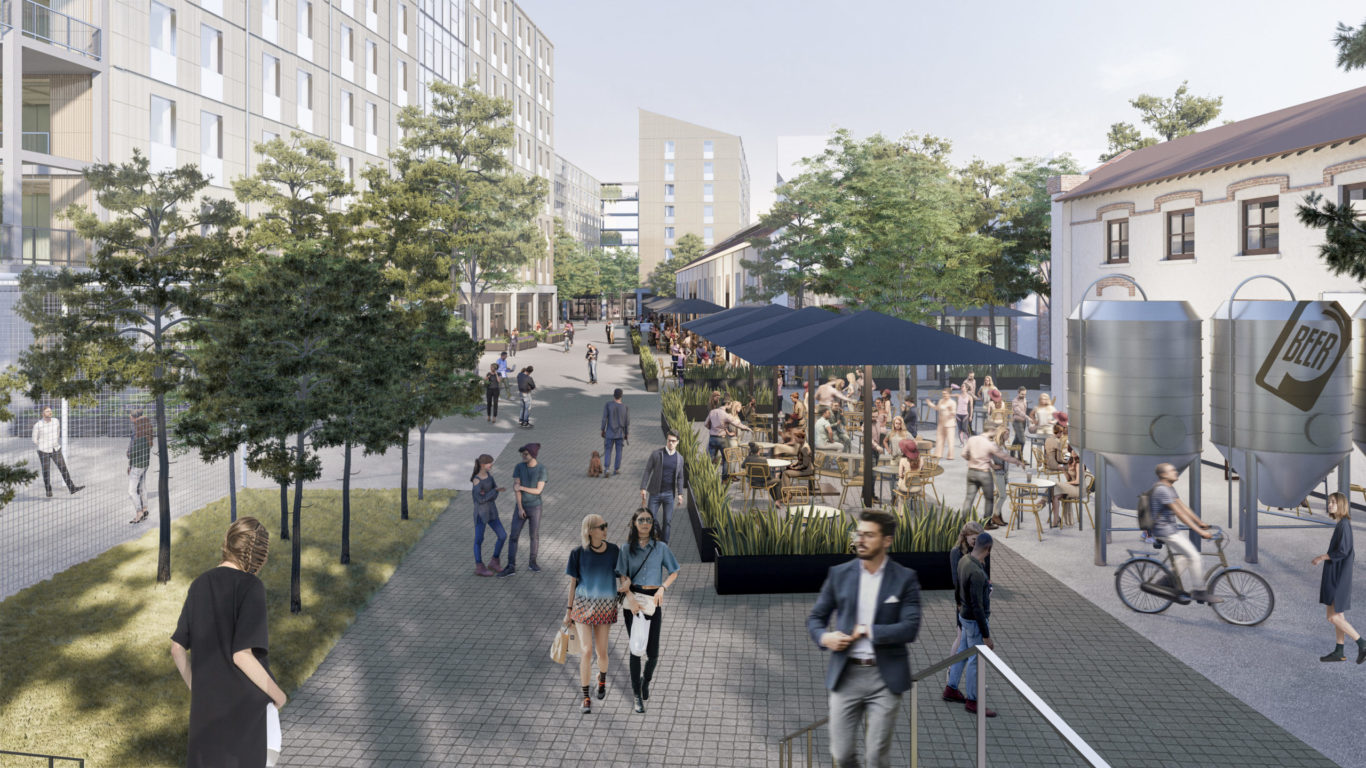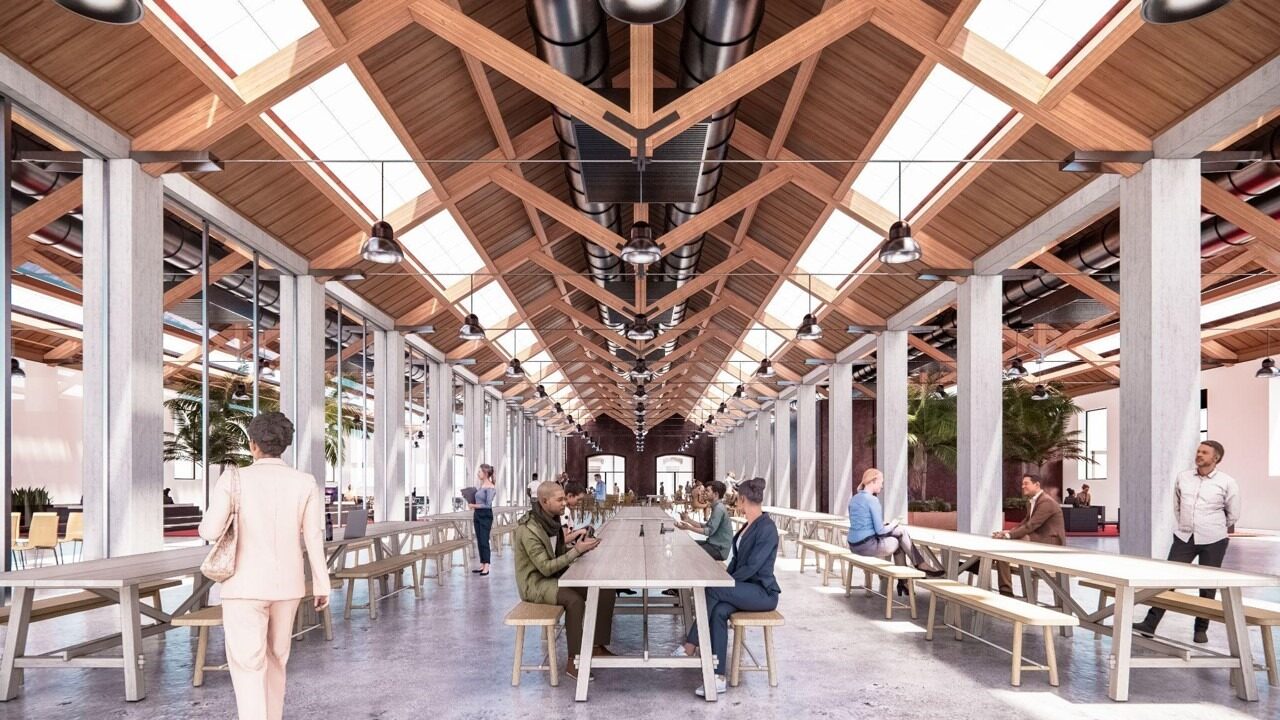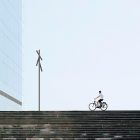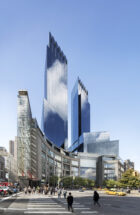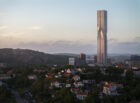A new Olympic model
The Milano Cortina Olympic Village leverages a singular opportunity—the 2026 Winter Olympics—to create a sustainable, intergenerational, and green community in the heart of Milan’s dynamic Porta Romana district. The project, a major component of the Porta Romana Railway Yard Master Plan, offers a powerful new model for Olympic facilities to serve post-Olympics social goals.


Designed first and foremost to become an integral part of Milan’s urban fabric, the village encompasses a set of public green spaces, the transformation of two historic structures, and six new residential buildings that will serve Olympic athletes in the short term. Following the Olympics, the athletes’ homes will be reused for student housing; the park and railway side buildings near the Olympic Square will be used for affordable housing; and the Olympic Village Plaza will become a neighborhood square, with shops, bars, restaurants, and cafes planned at street level, along with outdoor space for farmers’ markets and other community events.





